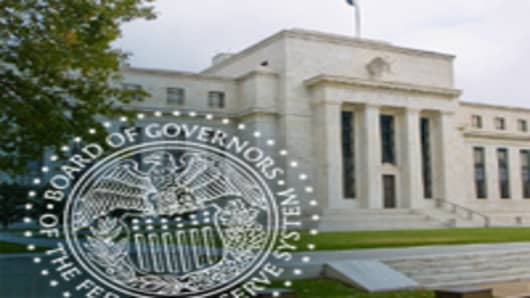It’s effectiveness in stabilizing the credit markets should not be questioned.
However, it is now being criticized for not creating jobs. Job creation would have been a nice outcome, but a far more necessary result was realized.
If QE helped to save the economy from financial collapse, what qualifies it as the proper approach for stimulus?
If stimulus is indeed needed, why employ QE? It’s scary that all problems begin looking like nails when your only tool happens to be a hammer.
Please see last week's market note in which we suggested that "bad news is good news again." The stock market rallied on the bad emplyment news because of the increased certainty that the Fed will act, and government money will bouy share prices.
It's Always the Economy Stupid
Unemployment is the big problem, and it’s not likely to get better anytime soon. Dr. Nancy Wentzler is Deputy Comptroller of the Currency and Chief Economist and a GREAT friend. Nancy is concerned about the structural changes on the employment landscape rather than the cyclical challenges. She points out that the new check-in kiosks at airlines and check-out kiosks at grocery stores and other retailers like Home Depot have permanently replaced a lot of clerks. Auto manufacturers and auto sales people have lost jobs that are unlikely to return. The same is true in financial services. A loss of 8 million jobs is devastating especially when our country’s growing demographics mandate creation of 1 million jobs a year just to maintain the current unemployment rate.
At a speakers’ dinner last week, we visited with several leading economists. Their consensus was that unemployment would remain over 7% for the next 10-15 years. If their numbers are correct, economic growth may suffer for a generation.
“Where Shall I Go? What Shall I Do?” Scarlett O’Hara
Slower domestic growth does not mean that growth will be slow everywhere. A middle class is exploding in China as thousands of new cars hit the already choked streets of Beijing each week. Brazil is growing too. Multinational blue-chip companies based in the US will have to invest in their businesses in order to keep up. The hope for US investors shifts to foreign growth and global demand. This doesn’t mean that investors have to start picking stocks on foreign exchanges; large-cap multi-national companies will participate.
Low interest rates and the cheap money they provide create a powerful environment for mergers and acquisitions. Biotech companies, airlines, and others have already begun the process. These mergers streamline operations and create efficiencies, but they also eliminate jobs. The greater cash flow they generate can fund additional acquisitions or future dividends for shareholders.



